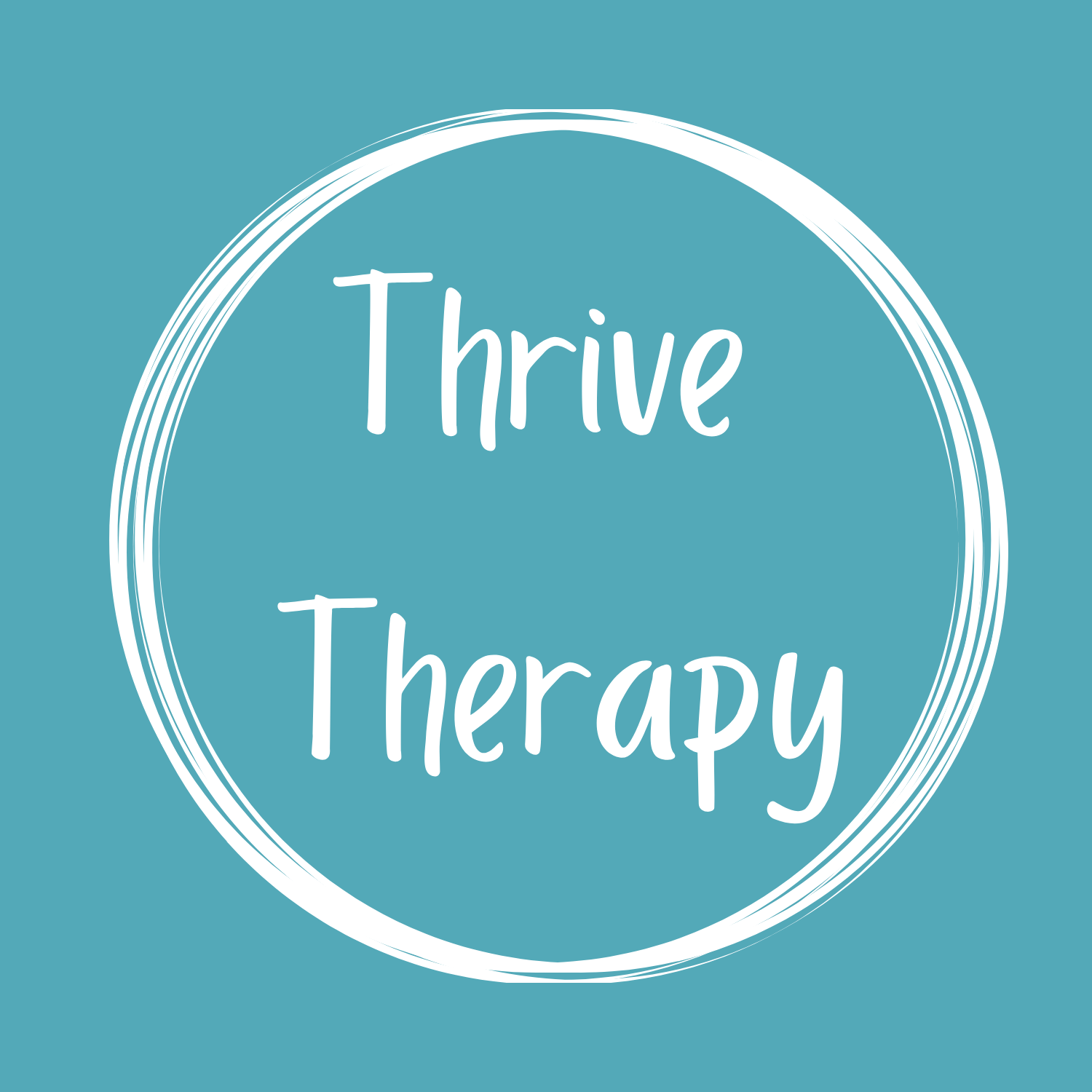Challenge Your Fears & Conquer Your Phobias

Did you know there are an estimated 10 million people in the UK with phobias?
A large number of us don’t like spiders or heights or even flying. It becomes an issue when it starts to dramatically influence your daily life and impair your ability to live comfortably.
One of the biggest challenges in my career is working with clients who have spider phobias. I absolutely hate them and I would never ask you to do something that I refuse to do, so I have had to touch some hairy spiders over the years.
What is agoraphobia?
Agoraphobia is an anxiety disorder characterised by an intense fear of being in situations where escape might be difficult or help might not be available if a panic attack occurs. This fear often leads individuals to avoid places or situations that might trigger anxiety, such as crowded areas, public transportation, or even leaving home altogether.
What are the common symptoms of agoraphobia?
- Fear of being alone in any situation
- Fear of being in crowded places
- Fear of being in situations where escape might be difficult, like elevators or public transportation
- Severe anxiety or panic attacks
- Feeling detached or estranged from others
- Avoidance behaviours that interfere with daily life
How is agoraphobia treated?
Agoraphobia is often treated with a combination of psychotherapy and medication which are outlined below.
Cognitive Behavioral Therapy (CBT) – This is the most effective form of psychotherapy for agoraphobia. It involves working with a therapist to understand and change the patterns of thinking and behavior that contribute to anxiety.
Exposure therapy – This involves gradual exposure to the feared situations in a controlled way to reduce the fear response over time.
Medications – Antidepressants (such as SSRIs and SNRIs) and anti-anxiety medications (such as benzodiazepines) may be prescribed to help manage symptoms.
What is emetophobia (fear of vomiting) and how is it treated?
Emetophobia is the fear of vomiting and one of the most common fears that people have. It is treated by:
Cognitive Behavioral Therapy (CBT) –
Exposure therapy – gradual exposure to vomit-related stimuli in a controlled manner.
Cognitive restructuring – addressing and altering negative beliefs about vomiting.
Mindfulness and relaxation techniques – reducing general anxiety and managing stress.
Hypnotherapy – sometimes used as a complementary approach to help reduce fear and anxiety associated with emetophobia.

General considerations for phobia treatment
- Therapist expertise – Ensure the therapist is experienced in treating specific phobias.
- Support systems – Involvement of family or support groups can be beneficial.
- Consistency and patience – Treatment, especially exposure therapy, can take time and persistence.
- Combination approaches – Often, a combination of therapies (e.g., CBT with medication or relaxation techniques) yields the best results.
These treatments and therapies are well-supported by research and have shown to be effective for many individuals struggling with phobias. It is crucial to tailor the approach to the individual’s specific needs and circumstances.
Self-help strategies to treat agoraphobia
In addition to professional treatment, several self-help strategies can assist individuals in managing agoraphobia such as,
- Regular exercise – physical activity can help reduce anxiety and improve mood.
- Relaxation techniques – practices such as deep breathing, meditation, and yoga can help manage anxiety.
- Healthy lifestyle – a balanced diet, adequate sleep, and avoiding alcohol, caffeine, and recreational drugs can improve overall mental health.
- Support networks – building a support system of family, friends, or support groups can provide encouragement and reduce feelings of isolation.

What is claustrophobia and how is it treated?
Claustrophobia is the fear of confined spaces … and is treated by…
Cognitive Behavioral Therapy (CBT) – Lorem ipsum
Exposure therapy – gradual and systematic exposure to confined spaces to reduce fear.
Cognitive restructuring – challenging irrational fears and beliefs about being in small spaces.
Virtual reality therapy – using VR to simulate confined spaces in a controlled environment for gradual exposure.
Relaxation techniques – such as deep breathing and progressive muscle relaxation to manage anxiety symptoms.

